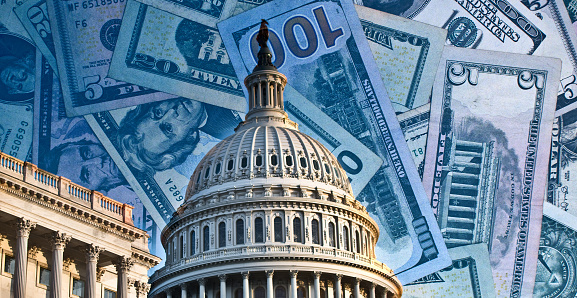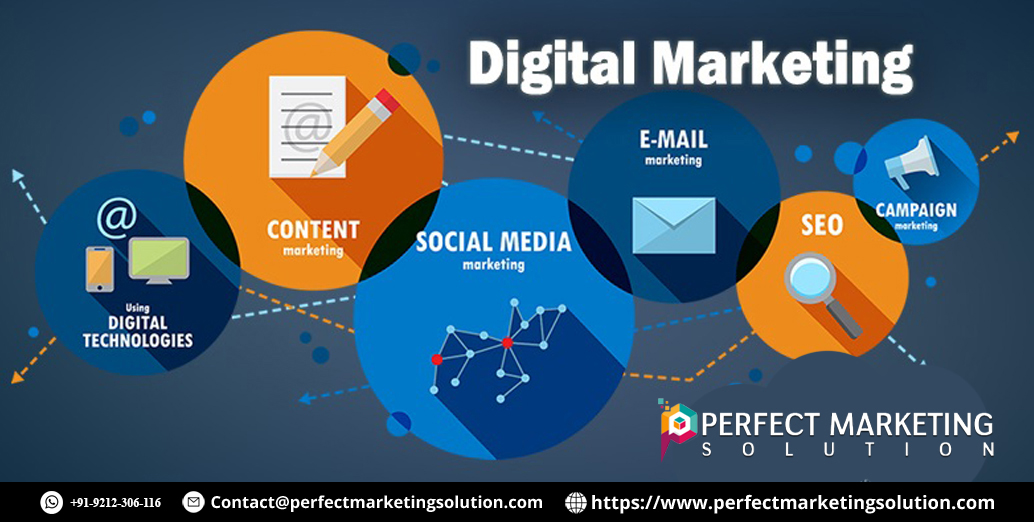What Are The Design Options For Tray Boxes?
In this article, we will explore the various design options available for tray boxes and how custom product packaging can elevate your brand’s presence and functionality.

Tray boxes have become an essential packaging solution for businesses across a variety of industries. From food packaging to retail and e-commerce, these boxes offer both practicality and aesthetic appeal. Their versatility lies in their ability to be customized, allowing businesses to tailor them to their specific needs. In this article, we will explore the various design options available for tray boxes and how custom product packaging can elevate your brand’s presence and functionality.
Understanding Tray Boxes: A Packaging Solution
At their core, tray boxes are flat, open containers with raised edges designed to hold and protect items. They are commonly used in industries where neat presentation and product protection are essential, such as in foodservice, retail, and gifting. A major benefit of tray boxes is their versatility. They can be used to hold a variety of items, from pastries and fruits to electronics and jewelry.
The real value of tray boxes lies in the ability to customize them. Custom product packaging transforms ordinary packaging into a powerful branding tool. Businesses can choose the material, size, shape, and design of their tray boxes to ensure they meet both functional and marketing needs. This customization also ensures that each product is packaged securely, reducing the risk of damage during transportation and enhancing the overall customer experience.
Key Design Options for Tray Boxes
When it comes to designing tray boxes, there are several factors to consider, including material choice, size, shape, printing, and additional features like inserts or dividers. Below are the key design options that businesses can explore for their custom product packaging.
1. Material Choices for Tray Boxes
The material used for tray boxes plays a significant role in both the functionality and appearance of the packaging. Businesses have multiple options to choose from, depending on their needs. These materials include cardboard, paperboard, corrugated board, and eco-friendly materials.
-
Cardboard: A sturdy and affordable option, cardboard is commonly used for lightweight products. It’s ideal for retail use, such as holding small consumer goods like cosmetics or electronics.
-
Paperboard: Slightly thinner than cardboard, paperboard is a cost-effective solution for packaging lightweight products. It is often used for high-end packaging, such as for luxury goods or premium food items.
-
Corrugated Board: For more robust products that require extra protection, corrugated board provides superior durability. It is commonly used in shipping and packaging items that may be subject to handling and transportation stress.
-
Eco-friendly Materials: As sustainability becomes a key concern, many businesses are turning to eco-friendly materials such as biodegradable, recyclable, and compostable options. These materials not only reduce environmental impact but also align with the growing consumer demand for sustainable products.
Opting for custom product packaging allows businesses to choose materials that align with their branding, sustainability goals, and product protection needs.
2. Size and Shape Customization
One of the greatest advantages of tray boxes is the ability to customize their size and shape. Businesses can design boxes that fit their specific products, ensuring a snug fit and minimizing the risk of damage during shipping.
-
Size: Whether you’re packaging small items like jewelry or larger items like food trays, tray boxes can be made in any size to accommodate your product. Custom sizes also allow businesses to optimize shipping and storage, as the packaging can be designed to maximize space and reduce unnecessary material usage.
-
Shape: While traditional tray boxes are rectangular or square, there is also the option to create uniquely shaped packaging. Round, hexagonal, or even custom-shaped tray boxes can provide an interesting visual appeal and differentiate a brand from its competitors. Custom shapes are often used in luxury packaging or for products that require a specific presentation.
The ability to customize both the size and shape of tray boxes ensures that businesses can create packaging that is perfectly suited to their products, enhancing the overall presentation and protecting the items inside.
3. Printing and Branding Options
One of the most compelling reasons for opting for custom product packaging is the ability to incorporate branding elements into the design. Tray boxes offer an excellent opportunity to showcase a brand's identity, using printing techniques to add logos, colors, patterns, and other design elements.
-
Printing Techniques: There are several printing methods available to businesses when designing tray boxes. Offset printing, flexography, and digital printing are all common methods used to ensure high-quality designs. Each technique offers different advantages in terms of cost, quality, and durability.
-
Design Elements: Custom tray boxes offer endless possibilities for branding. Businesses can incorporate company logos, taglines, product images, and more into the design. The ability to print on the exterior of the box enhances brand visibility and recognition. Whether you choose simple, minimalist designs or bold, colorful graphics, printing on tray boxes can significantly impact how your product is perceived by consumers.
For luxury items, foil stamping and embossing can be added for a more premium feel. Custom product packaging with high-end finishes ensures that the product inside reflects the quality and value of the brand.
4. Adding Inserts and Dividers
For many products, especially fragile items, adding inserts or dividers to tray boxes can improve both the functionality and safety of the packaging. Inserts help to keep items in place during shipping, reducing the likelihood of damage.
-
Inserts: Inserts are commonly used in tray boxes to create separate compartments for different items, making them ideal for packaging multi-part products. For example, a tray box used for cosmetics might include inserts to hold individual items like lipsticks or perfumes securely in place.
-
Dividers: Similar to inserts, dividers help organize products within the tray boxes. These can be particularly useful when packaging smaller items that need to be compartmentalized to prevent damage or contamination. Dividers are often used in food packaging, such as for packaged meals or baked goods, where separate sections are needed for different food items.
The addition of inserts and dividers is a simple yet effective way to enhance the functionality of tray boxes and offer added protection for products during transport and storage.
Benefits of Custom Tray Boxes
Opting for custom product packaging, particularly tray boxes, provides numerous benefits for businesses. Not only do these packaging solutions offer superior protection, but they also serve as a powerful branding tool.
-
Brand Visibility and Recognition: Customized tray boxes allow businesses to prominently display their brand logo, colors, and messaging. This branding helps build recognition and recall, making it easier for customers to identify the brand when shopping in-store or online.
-
Product Protection: With the right materials and design, tray boxes offer excellent protection for products during shipping and handling. The snug fit and optional inserts or dividers ensure that products remain intact and in pristine condition.
-
Enhanced Customer Experience: Tray boxes are often associated with premium packaging, which can contribute to a positive customer experience. The unboxing experience plays a significant role in customer satisfaction, and high-quality custom product packaging can make a lasting impression.
Common Industries Using Tray Boxes
Tray boxes are used in many industries, each benefiting from the customizable nature of custom product packaging. Below are a few industries that commonly use tray boxes as part of their packaging strategy:
-
Food Industry: The food industry heavily relies on tray boxes for packaging baked goods, fresh produce, takeaway meals, and more. These boxes provide an easy and practical way to package food while maintaining freshness and presentation.
-
Retail and E-commerce: Retailers use tray boxes for displaying products in-store or shipping them to customers. The customizable design options allow businesses to create packaging that aligns with their brand and protects their products during transit.
-
Beauty and Cosmetics: The beauty industry often uses tray boxes with inserts to securely hold and display individual beauty products like perfumes, skincare items, and makeup. Custom product packaging in this sector is crucial for establishing a premium brand image.
-
Gifting: For high-end gifting, tray boxes are frequently used to package luxury items such as jewelry, watches, and other premium goods. The ability to customize the design adds an extra layer of elegance and exclusivity to the gift.
How to Choose the Right Design for Your Tray Boxes
When designing tray boxes, it’s essential to consider a few key factors to ensure the packaging meets both functional and marketing goals.
-
Product Type: Consider the size, shape, and fragility of your product. This will help you determine the right material, size, and additional features, such as inserts or dividers.
-
Branding Needs: Think about how you want your brand to be represented on the tray boxes. Choose materials, colors, and printing options that align with your brand’s identity and values.
-
Sustainability: If eco-friendliness is a priority for your brand, opt for sustainable materials like recycled cardboard or biodegradable options. Custom product packaging offers the flexibility to choose sustainable materials that reduce environmental impact.
Conclusion
In conclusion, tray boxes offer businesses a customizable and functional packaging solution that can meet a variety of needs across industries. With options for materials, sizes, shapes, printing, and additional features like inserts and dividers, custom product packaging allows businesses to create packaging that not only protects their products but also reinforces their brand identity. By considering these design options, businesses can optimize their packaging for both product protection and customer appeal, ensuring a positive unboxing experience and boosting brand recognition.
If you’re looking to elevate your packaging with tray boxes, consider working with a professional packaging provider who can help you design the perfect solution for your products and brand.
What's Your Reaction?






















